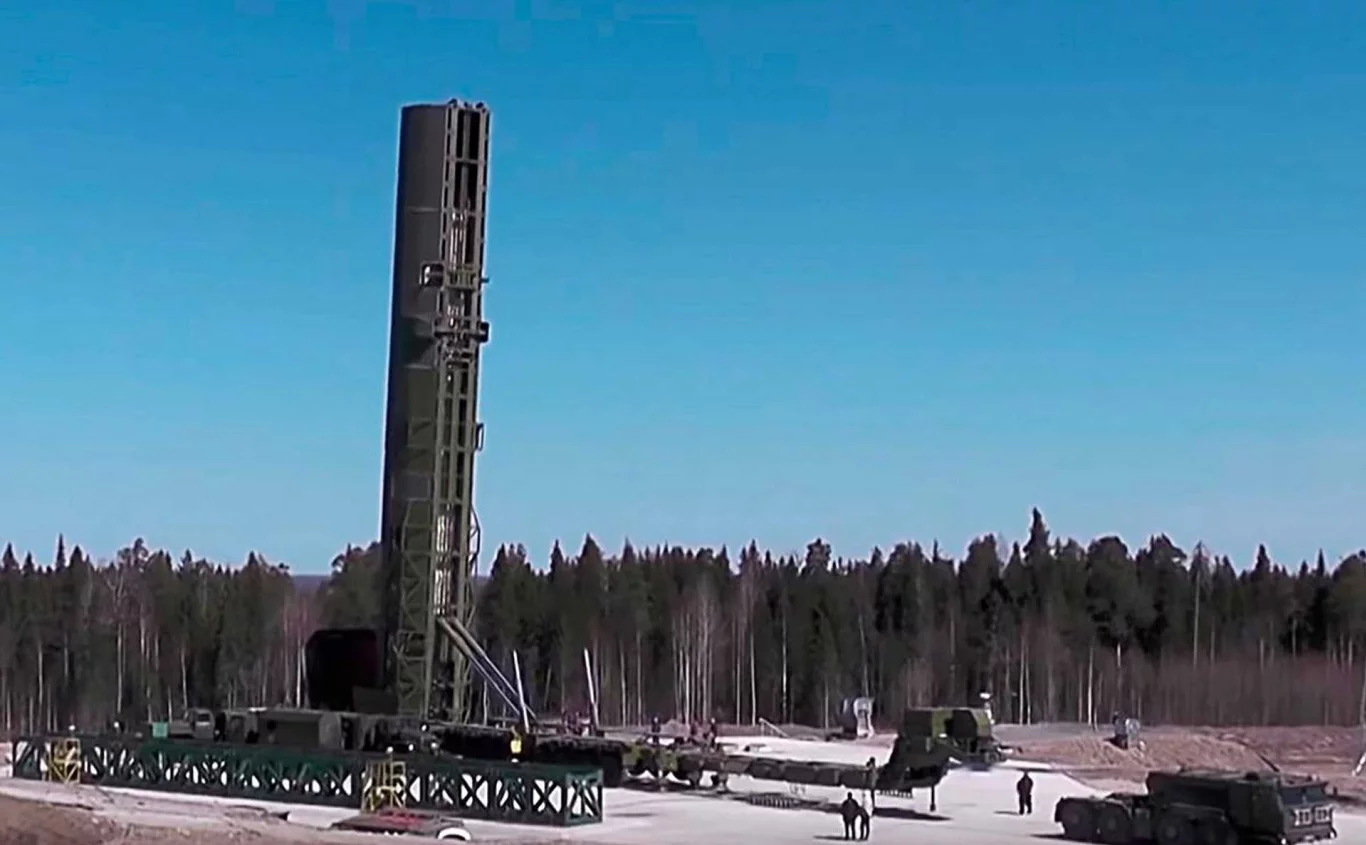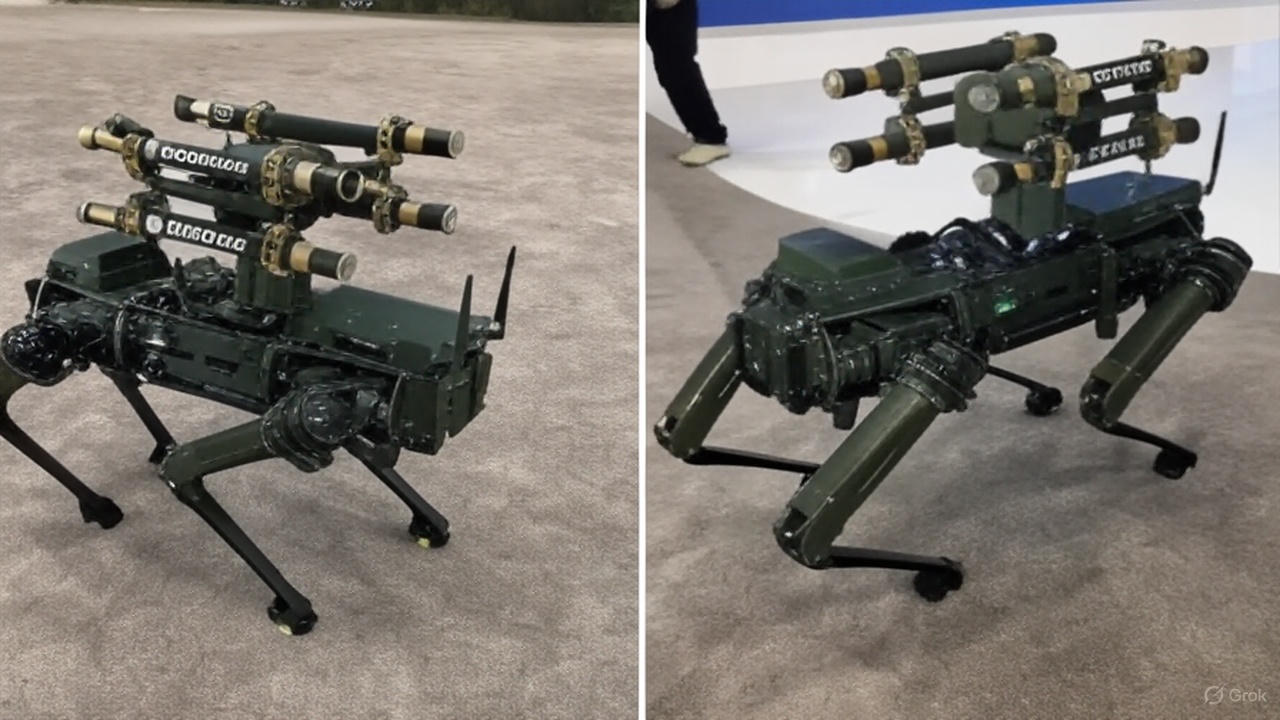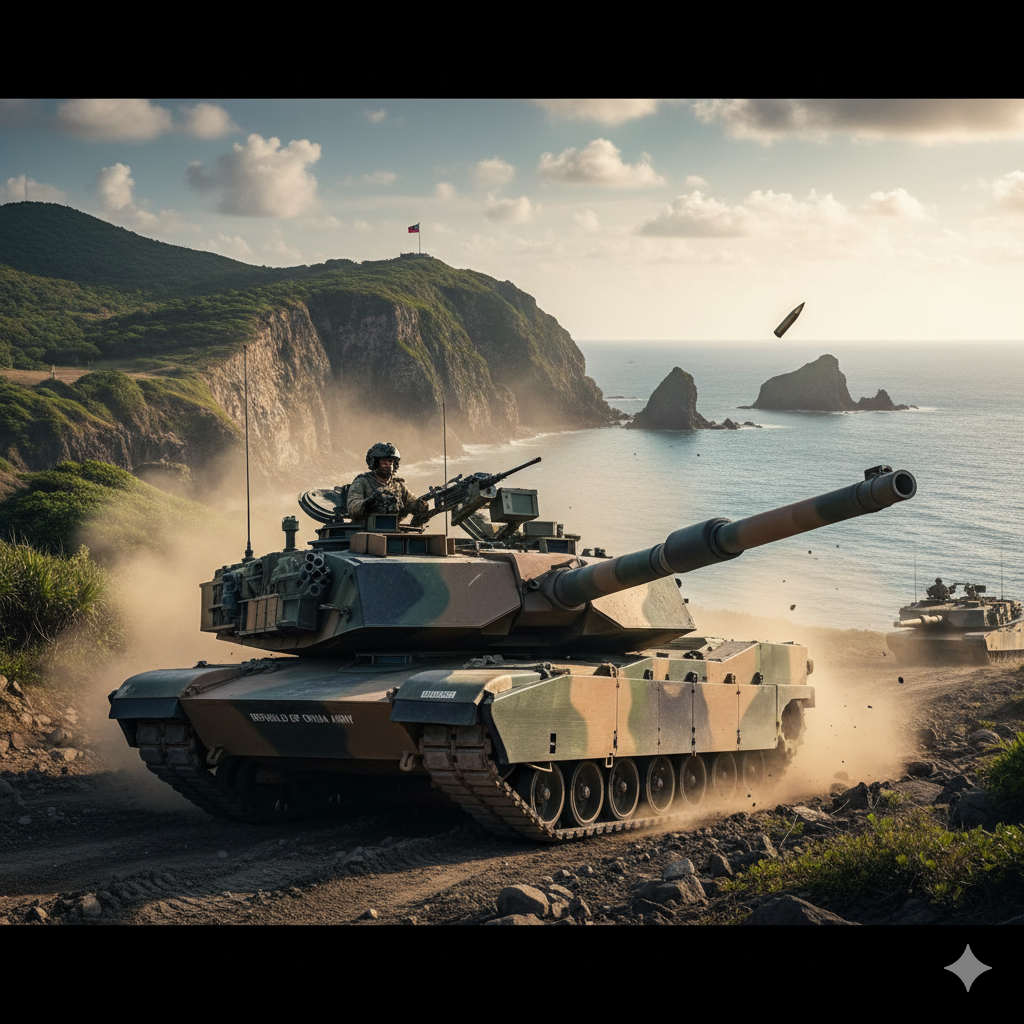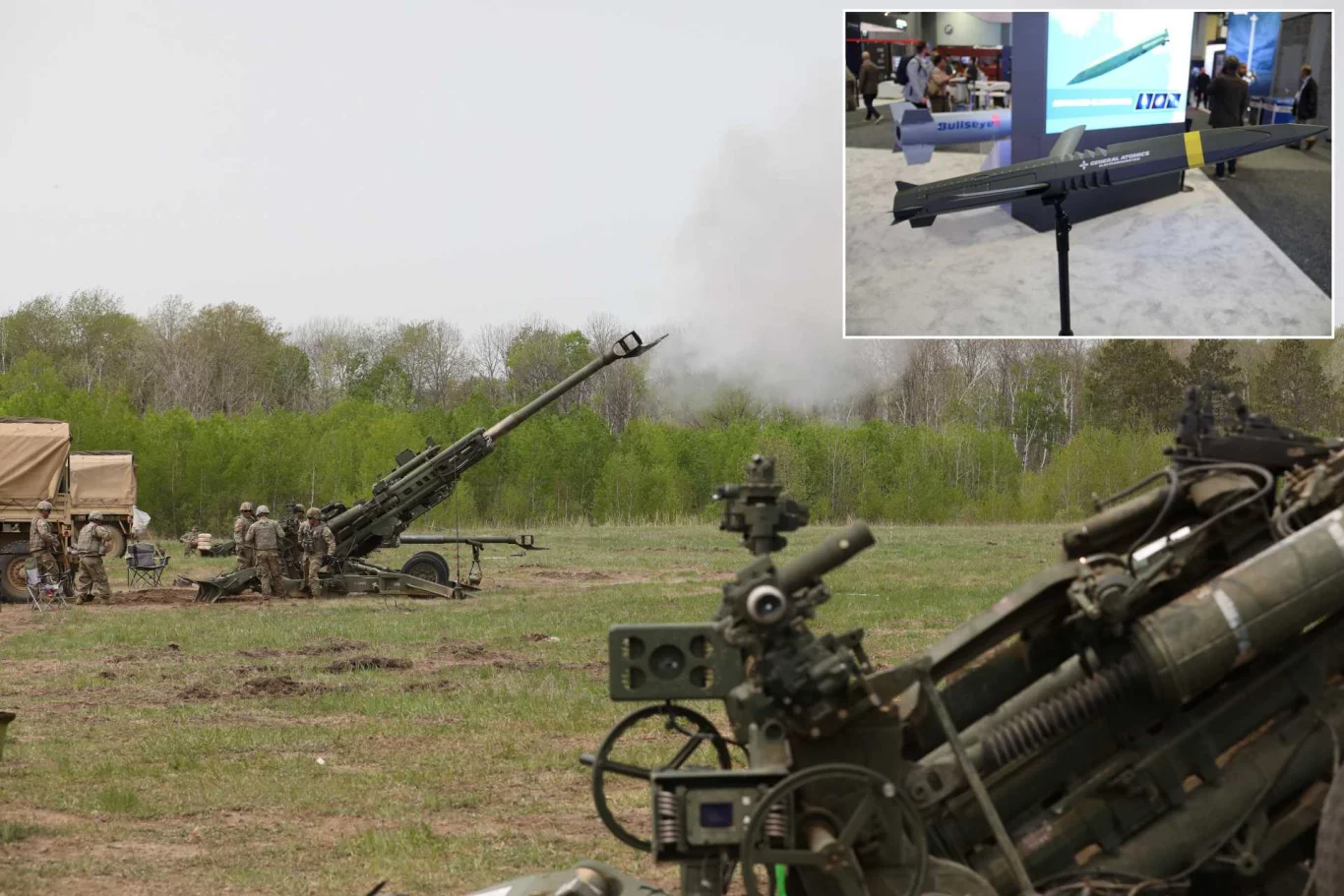In a recent declaration that reverberated across the globe, Russian President Vladimir Putin announced the imminent deployment of the RS-28 Sarmat intercontinental ballistic missile (ICBM), often ominously dubbed “Satan II” by Western analysts. This statement, delivered with Putin’s characteristic blend of gravitas and underlying warning, signals a significant development in Russia’s ongoing military modernization drive and undoubtedly escalates the already palpable geopolitical tensions. The Sarmat isn’t just another missile; it represents a new generation of strategic weaponry designed to bolster Russia’s nuclear deterrence capabilities and, in Moscow’s view, guarantee its security in an increasingly complex world.
For many years, the aging R-36M Voevoda ICBM, known in NATO circles as SS-18 “Satan,” served as the backbone of Russia’s heavy ICBM force. While still formidable, its design dated back to the Cold War era. The Sarmat, conceived as its direct successor, is not merely an incremental upgrade but a quantum leap in strategic missile technology. It is a super-heavy, liquid-fueled ICBM capable of carrying a massive payload, including multiple independently targetable re-entry vehicles (MIRVs) and, crucially, hypersonic glide vehicles (HGVs). This combination of characteristics makes it an extraordinarily challenging target for existing and even future missile defense systems.
Putin’s announcement, while not entirely unexpected given previous test successes and official statements, carries considerable weight. It underscores Russia’s determination to maintain a powerful nuclear deterrent, particularly as it perceives growing threats from NATO expansion and the development of advanced missile defense systems by the United States and its allies. For Moscow, the Sarmat is a strategic reassurance – a guarantee that no adversary could successfully launch a first strike without facing an annihilating retaliatory response.
The technical specifications and purported capabilities of the Sarmat are truly awe-inspiring, and frankly, designed to inspire awe and fear. With an estimated range exceeding 11,000 miles (18,000 km), it can theoretically strike targets anywhere on Earth. Its massive throw-weight means it can carry up to 10-15 MIRVs, each capable of being directed to a separate target, or a combination of MIRVs and sophisticated decoys designed to confuse and overwhelm missile defense systems. More alarmingly, the ability to carry hypersonic glide vehicles like the Avangard means that its warheads can perform evasive maneuvers at extreme speeds within the atmosphere, making interception incredibly difficult, if not impossible, with current technology.
This “no means of interception” claim, echoed by Putin in relation to other advanced systems like the Poseidon nuclear torpedo, is a recurring theme in Russian strategic messaging. While hyperbole often plays a role in such statements, the underlying technological advancements of systems like Sarmat certainly complicate the calculus for missile defense planners. It forces adversaries to continually invest in counter-measures, creating an arms race dynamic that has long defined the nuclear era.
The deployment of the Sarmat also carries significant implications for global arms control. The New START treaty, the last remaining major arms control agreement between the US and Russia, limits deployed strategic launchers and warheads. While the Sarmat would fall under these limits once officially deployed, its advanced capabilities and potential to carry a larger number of warheads or novel delivery systems like HGVs pose new challenges for verification and future arms control negotiations. The qualitative advancements often outpace the quantitative limits, creating a grey area that both sides seek to exploit.
From a geopolitical perspective, the Sarmat’s imminent deployment is undoubtedly a message directed at Western powers. It’s a reminder of Russia’s status as a major nuclear power and its unwavering commitment to maintaining strategic parity. In a period marked by the ongoing conflict in Ukraine and heightened tensions between Russia and the West, the introduction of such a powerful new weapon system serves as a stark warning against any perceived escalation or direct military intervention.
However, the deployment is not without its domestic implications for Russia. It serves as a source of national pride, showcasing Russian technological prowess and reinforcing Putin’s image as a strong leader capable of defending the nation’s interests. It’s also a demonstration that despite economic challenges and the significant resources diverted to the conflict in Ukraine, Russia continues to prioritize and invest heavily in its strategic forces.
As the Sarmat transitions from testing to active duty, the world will be watching closely. Its deployment marks a new chapter in the ongoing saga of nuclear deterrence, characterized by increasingly sophisticated weaponry and the persistent challenge of managing strategic stability in a world grappling with renewed great power competition. The “Satan II” is almost here, and its shadow looms large over the future of global security.




